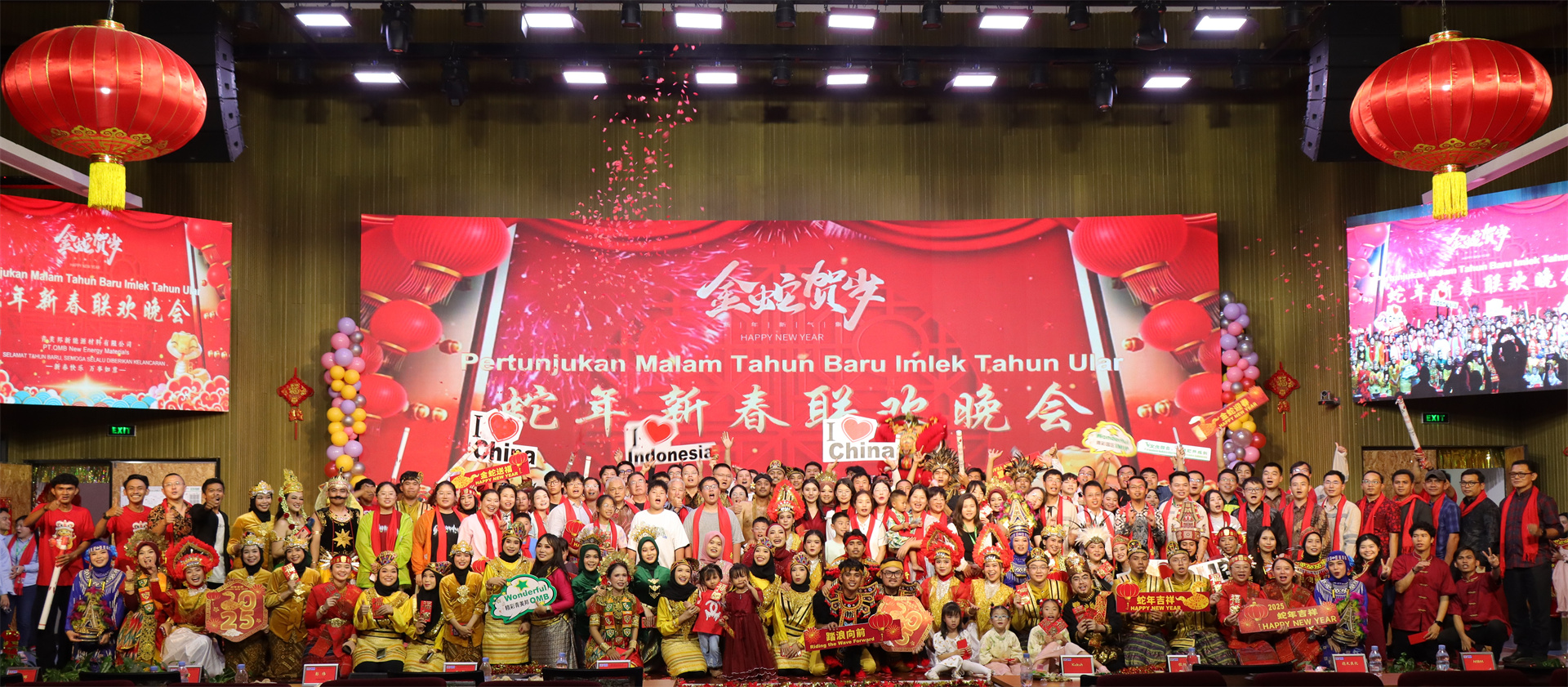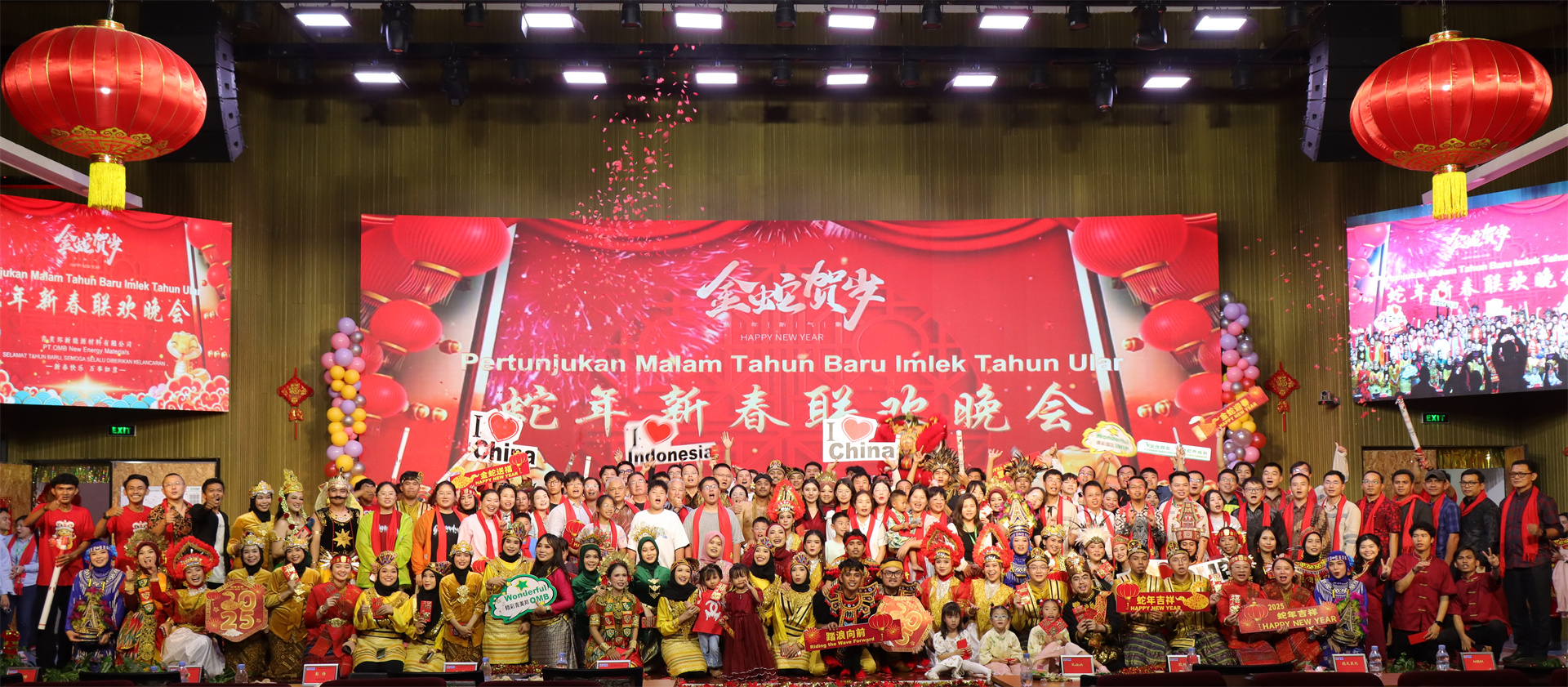

Environmental
Participants recognize that environmental responsibility is integral to producing world class products. In manufacturing operations, adverse effects on the community, environment and natural resources are to be minimized while safeguarding the health and safety of the public. Recognized management systems such as ISO 14001 and the Eco Management and Audit System (EMAS) were used as references in preparing the Code and may be a useful source of additional information.
The environmental standards
1.Environmental Permits and Reporting
All required environmental permits (e.g. discharge monitoring), approvals and registrations are to be obtained, maintained and kept current and their operational and reporting requirements are to be followed.
2.Pollution Prevention and Resource Reduction
Emissions and discharges of pollutants and generation of waste are to be minimized or eliminated at the source or by practices such as adding pollution control equipment; modifying production, maintenance and facility processes; or by other means. The use of natural resources, including water, fossil fuels, minerals and virgin forest products, is to be conserved or by practices such as modifying production, maintenance and facility processes, materials substitution, re-use, conservation, recycling or other means.
3.Hazardous Substances
Chemicals and other materials posing a hazard to humans or the environment are to be identified, labelled and managed to ensure their safe handling, movement, storage, use, recycling or reuse and disposal.
4.Solid Waste
Participant shall implement a systematic approach to identify, manage, reduce, and responsibly dispose of or recycle solid waste (non-hazardous).
5.Air Emission
Air emissions of volatile organic chemicals, aerosols, corrosives, particulates, ozone depleting chemicals and combustion by-products generated from operations are to be characterized, routinely monitored, controlled and treated as required prior to discharge. Participant shall conduct routine monitoring of the performance of its air emission control systems.
6.Materials Restrictions
Participants are to adhere to all applicable laws, regulations and customer requirements regarding prohibition or restriction of specific substances in products and manufacturing, including labeling for recycling and disposal.
7.Water Management
Participant shall implement a water management program that documents, characterizes, and monitors water sources, use and discharge; seeks opportunities to conserve water; and controls channels of contamination. All wastewater is to be characterized, monitored, controlled, and treated as required prior to discharge or disposal. Participant shall conduct routine monitoring of the performance of its wastewater treatment and containment systems to ensure optimal performance and regulatory compliance.
8.Energy Consumption and Greenhouse Gas Emissions
Energy consumption and all relevant Scopes 1 and 2 greenhouse gas emissions are to be tracked and documented, at the facility and/or corporate level. Participants are to look for cost- effective methods to improve energy efficiency and to minimize their energy consumption and greenhouse gas emissions.
BottomGraphic · MainBusiness · CentralScroll ·
GEM Introduction Guangdong ICP No. 11096806-1©2008-2021 GEM Co., Ltd. All rights reserved
Address:Sopo Del Tower A Lantai 22 Unit A, Jalan Mega Kuningan Barat 3 Lot 10.1-6 Kawasan Mega Kuningan, Jakarta Selatan 12950
Telephone:+62-2150806594

Scan QC Code
BottomGraphic · MainBusiness · CentralScroll · GEM Introduction Guangdong ICP No. 11096806-1©2008-2021 GEM Co., Ltd. All rights reserved